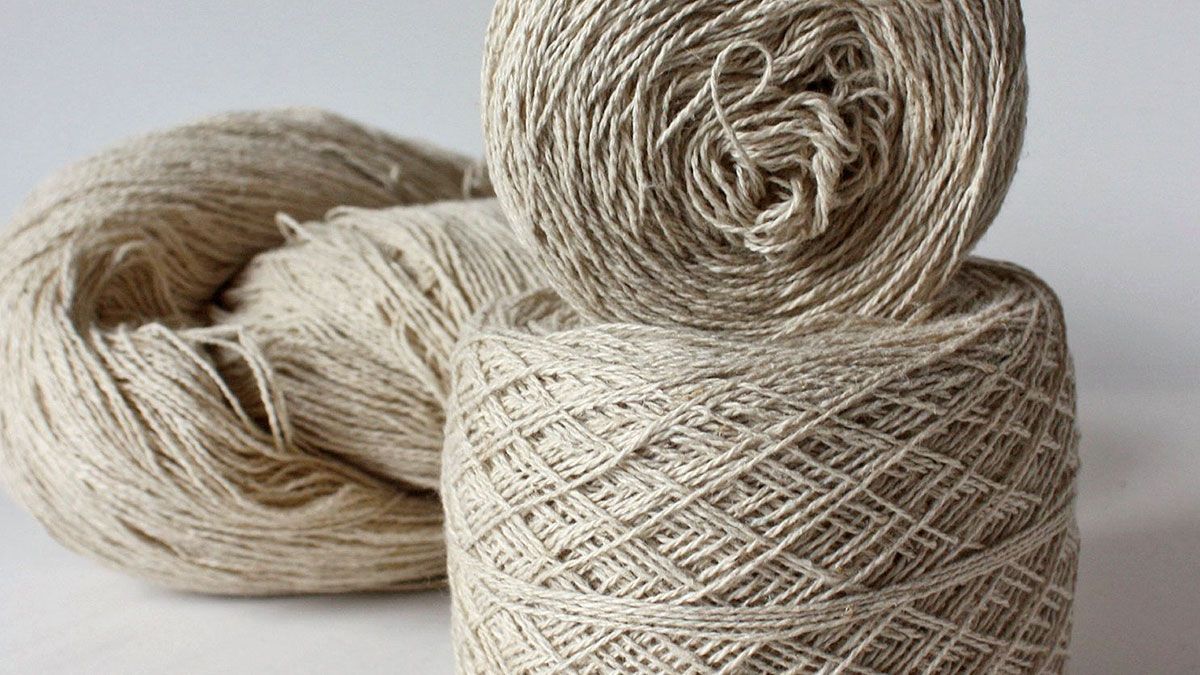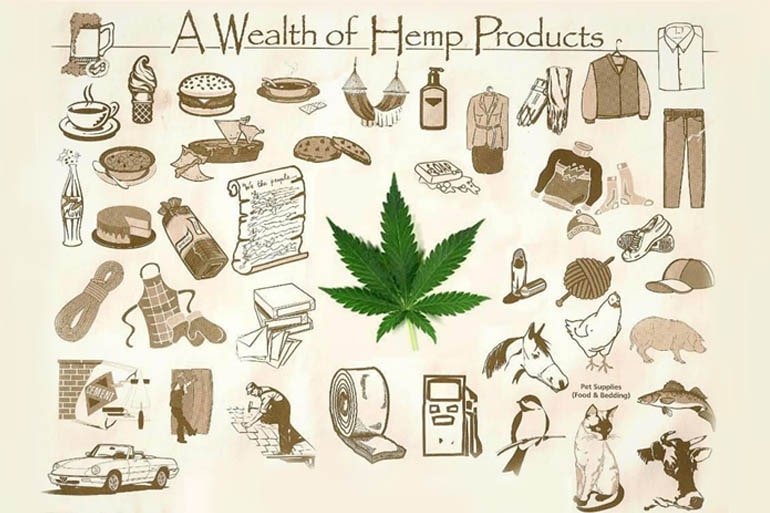The process of making hemp fiber involves several steps, which I’ll outline below:
- Cultivation: Hemp plants are grown in suitable climates. They require well-drained soil and a moderate climate with plenty of sunlight. The plants are typically grown close together to promote tall, straight stalks.
- Harvesting: Once the hemp plants reach maturity, they are harvested. The timing of the harvest is crucial because it affects the quality of the fiber. The plants are cut close to the ground, and the leaves and flowers are removed, leaving behind the long stalks.
- Retting: Retting is a process that involves separating the bast fibers from the woody core of the hemp stalks. There are different methods of retting, but the most common ones are water retting and dew retting. In water retting, the stalks are submerged in water for a period of time, allowing natural bacteria and enzymes to break down the pectin that holds the fibers together. In dew retting, the stalks are left in the field to be exposed to the moisture in the air, and the dew helps in the decomposition process. This step can take several days to a few weeks.
- Breaking: After retting, the stalks are dried and then broken apart to separate the bast fibers from the woody core. This can be done manually or using specialized machinery. The process of breaking involves crushing the stalks to loosen the fibers.
- Scutching: Scutching is the process of further separating the fibers from the woody core. It typically involves beating the stalks with wooden or metal tools to remove the broken woody material. This process helps to clean and refine the fibers.
- Hackling: Hackling is the final step in the process, where the fibers are combed and aligned to remove any remaining impurities and to separate them into individual strands. The fibers are drawn through a series of progressively finer combs or hackles, which straighten and parallelize the fibers. This results in long, clean hemp fibers that are ready for spinning or further processing.
After these steps, the hemp fibers can be spun into yarn or used for various applications, such as textiles, paper, rope, and construction materials. The specific processes involved in spinning and further processing depend on the desired end product.



